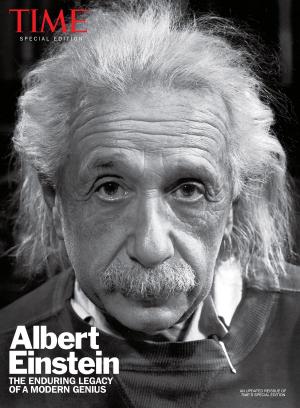An Introduction to the Physics of Sports
Nonfiction, Science & Nature, Science, Physics, General Physics, Sports, Reference| Author: | Vassilios McInnes Spathopoulos | ISBN: | 9781301872756 |
| Publisher: | Vassilios McInnes Spathopoulos | Publication: | February 12, 2013 |
| Imprint: | Smashwords Edition | Language: | English |
| Author: | Vassilios McInnes Spathopoulos |
| ISBN: | 9781301872756 |
| Publisher: | Vassilios McInnes Spathopoulos |
| Publication: | February 12, 2013 |
| Imprint: | Smashwords Edition |
| Language: | English |
This book (see, www.physicsandsport.net), written by a university lecturer, presents the physical mechanisms governing a series of popular sports. The author's goal is twofold: on the one hand to give a new perspective on sport, enabling fans, even those with limited scientific knowledge, to gain a better idea of exactly how athletic performances are achieved. On the other hand, the presentation of the basic concepts of physics through sport is an attractive and popular way for the general public to assimilate these concepts.
In Chapter 1 the concepts of speed and acceleration are presented through the performance of top athletes such as Usain Bolt. In Chapter 2 Newton’s three fundamental laws of motion are described with examples from sports such as football and basketball. In Chapter 3, the discus, the gymnastics and the pirouettes of athletes in diving and figure skating are used to illustrate the physical principles that govern rotational motion. In Chapter 4 it is described how the various forms of energy, such as kinetic and potential, are used by athletes to set records in sports such as pole vaulting, cycling etc. In Chapter 5 the theory of projectiles is used to calculate parameters such as optimal launch angle, maximum range, margin of error, etc. for sports including the shot put, long jump, basketball and tennis. In Chapter 6 the basic principles of aerodynamics and hydrodynamics are presented, as well as the way they are applied to sports such as the javelin throw, ski jumping and swimming. Finally, in Chapter 7 an overview is provided of the external factors influencing the performance of athletes, such as weather conditions and altitude, as well as methods that may offer a more objective comparison of records.
In all the chapters, simulations, specially created for the purpose of the book, complement the theoretical concepts. The simulations are based on mathematical models of sports, one of the key research interests of the author.
This book (see, www.physicsandsport.net), written by a university lecturer, presents the physical mechanisms governing a series of popular sports. The author's goal is twofold: on the one hand to give a new perspective on sport, enabling fans, even those with limited scientific knowledge, to gain a better idea of exactly how athletic performances are achieved. On the other hand, the presentation of the basic concepts of physics through sport is an attractive and popular way for the general public to assimilate these concepts.
In Chapter 1 the concepts of speed and acceleration are presented through the performance of top athletes such as Usain Bolt. In Chapter 2 Newton’s three fundamental laws of motion are described with examples from sports such as football and basketball. In Chapter 3, the discus, the gymnastics and the pirouettes of athletes in diving and figure skating are used to illustrate the physical principles that govern rotational motion. In Chapter 4 it is described how the various forms of energy, such as kinetic and potential, are used by athletes to set records in sports such as pole vaulting, cycling etc. In Chapter 5 the theory of projectiles is used to calculate parameters such as optimal launch angle, maximum range, margin of error, etc. for sports including the shot put, long jump, basketball and tennis. In Chapter 6 the basic principles of aerodynamics and hydrodynamics are presented, as well as the way they are applied to sports such as the javelin throw, ski jumping and swimming. Finally, in Chapter 7 an overview is provided of the external factors influencing the performance of athletes, such as weather conditions and altitude, as well as methods that may offer a more objective comparison of records.
In all the chapters, simulations, specially created for the purpose of the book, complement the theoretical concepts. The simulations are based on mathematical models of sports, one of the key research interests of the author.















